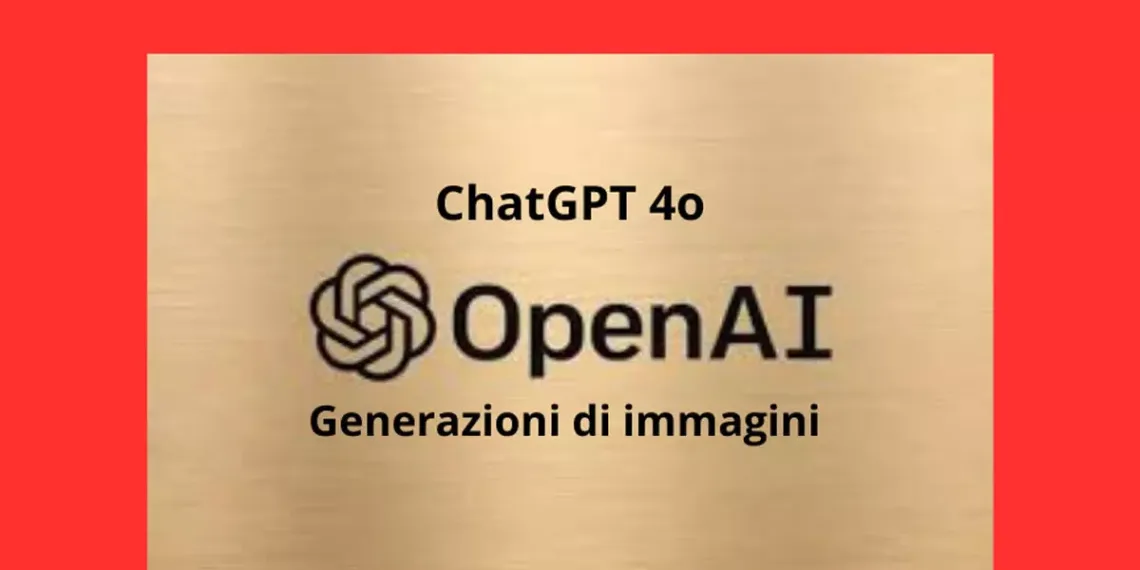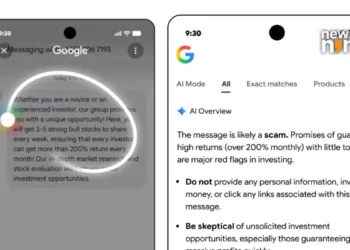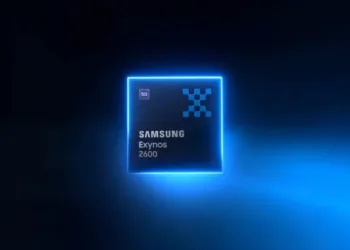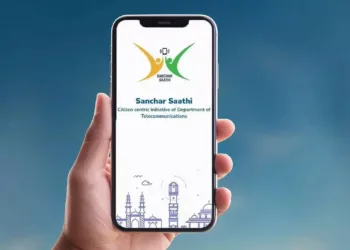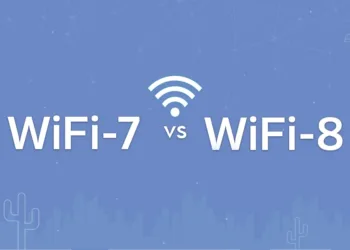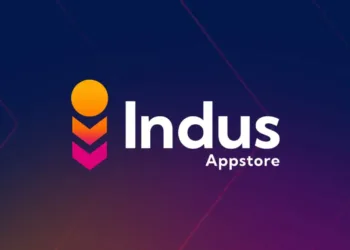OpenAI recently added a new image-generating feature to ChatGPT, integrating its latest visual model into GPT–4o. CEO Sam Altman shared the news on social media, calling it an “incredible technology/product” that gives users more creative control.
Thinking back to early results using the model, Altman said he struggled to believe the images were generated by AI. He emphasized that while the tool enables broad creative expression, OpenAI remains committed to ensuring offensive content is generated only within reasonable limits. “People will create amazing things and some that may offend others; our goal is to ensure the tool doesn’t produce offensive content unless users intentionally request it within reason,” Altman stated on X.
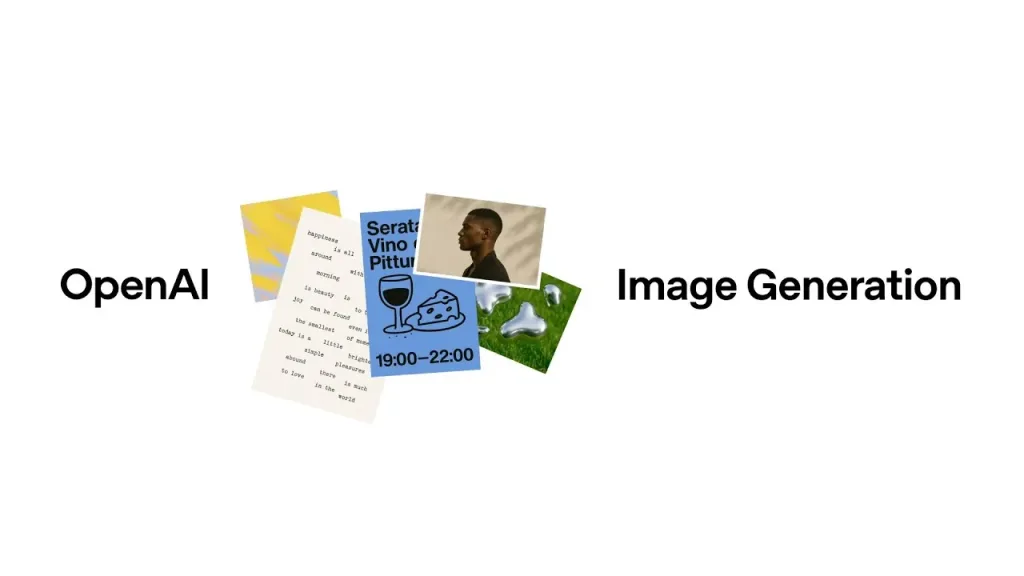
Table of Contents
OpenAI Introduces AI Image Generation in ChatGPT, Enhancing Creative Control with Advanced GPT-4o Integration
Altman argues that giving users the freedom to use the tool however they wish is the right move, but says OpenAI will, of course, be monitoring usage and policy in very granular ways. “We think giving users control is the right thing to do, but we will observe how things develop and listen to societal feedback. Respecting the broad limits society sets for AI will become increasingly important as we move closer to AGI,” he added.
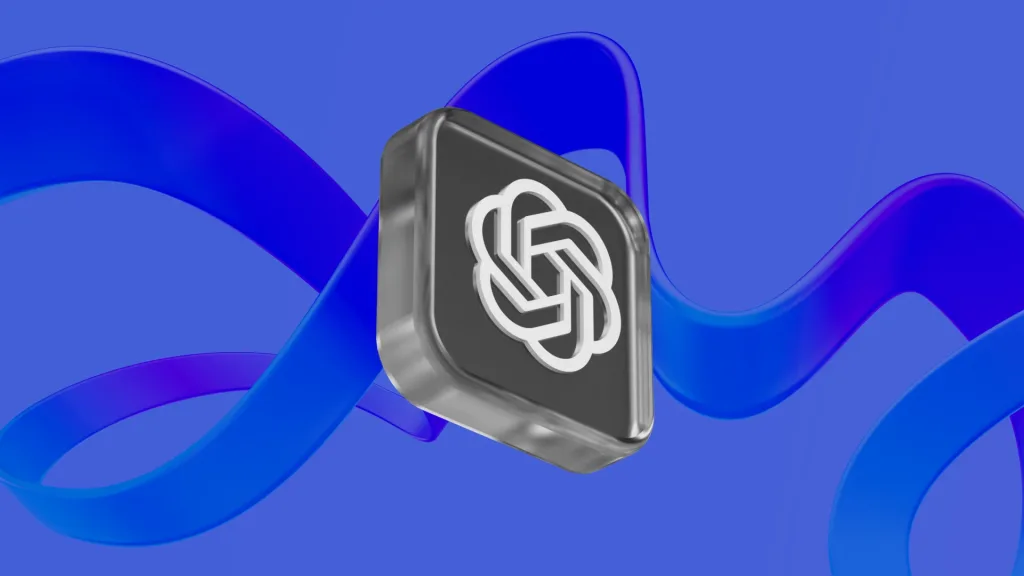
In its blog post announcing the new feature, OpenAI stressed the model’s enhancements in accuracy of text rendering, adherence to prompts, and consistency across multiple generations. This capability, the company said, enables a range of applications, including game development, educational materials, and historical exploration. While previous models, such as ChatGPT, often focused on generating words rather than accurately depicting finer details or the relative positioning of objects, GPT-4o delivers a far higher degree of accuracy and contextual awareness.
This allows it to work with up to 10-20 separate objects in a single picture, which is a significant upgrade over previous limitations. Users can also evolve images with fine-tuned conversation, modifying not only character designs in differing iterations. To ensure responsible use, OpenAI has enhanced safety features. Every AI-edited photo will embed C2PA metadata that indicates it was created through GPT-4o. It has also built an internal tool to detect and verify AI-generated visuals, and has implemented strict guardrails to prevent deepfakes, sexually explicit content, and policy violations.

Despite this progress, OpenAI admitted some restrictions. The model also struggles with non-Latin text accuracy, may crop images incorrectly or misrepresent complex details, and sometimes mistakenly edits the wrong parts of an image. OpenAI is developing these features, including more accurate image editing, more consistent facial details, and more proficient manipulation of complex compositions.
The image generation new feature is rolling out to Plus users, Pro, Team, and Free ChatGPT users, while Enterprise and Education users will follow soon. OpenAI also confirmed that developers will be able to integrate the feature via API, with availability expected in the coming weeks.
FAQs
Who can access the new AI image generation feature?
It is rolling out to Plus, Pro, Team, and Free users, with Enterprise and Education access coming soon.
How does OpenAI ensure responsible use?
AI-generated images include C2PA metadata, and safeguards prevent deepfakes, explicit content, and policy violations.

